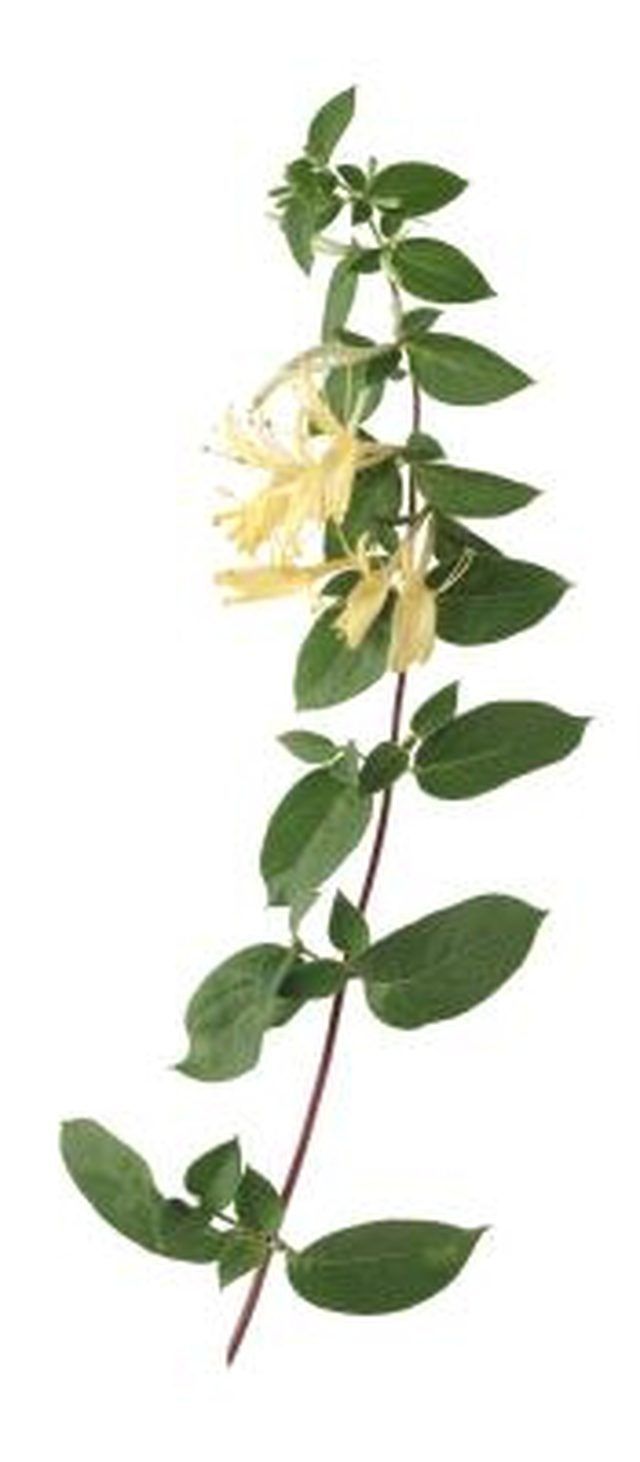Bulbs
Flower Basics
Flower Beds & Specialty Gardens
Flower Garden
Garden Furniture
Garden Gnomes
Garden Seeds
Garden Sheds
Garden Statues
Garden Tools & Supplies
Gardening Basics
Green & Organic
Groundcovers & Vines
Growing Annuals
Growing Basil
Growing Beans
Growing Berries
Growing Blueberries
Growing Cactus
Growing Corn
Growing Cotton
Growing Edibles
Growing Flowers
Growing Garlic
Growing Grapes
Growing Grass
Growing Herbs
Growing Jasmine
Growing Mint
Growing Mushrooms
Orchids
Growing Peanuts
Growing Perennials
Growing Plants
Growing Rosemary
Growing Roses
Growing Strawberries
Growing Sunflowers
Growing Thyme
Growing Tomatoes
Growing Tulips
Growing Vegetables
Herb Basics
Herb Garden
Indoor Growing
Landscaping Basics
Landscaping Patios
Landscaping Plants
Landscaping Shrubs
Landscaping Trees
Landscaping Walks & Pathways
Lawn Basics
Lawn Maintenance
Lawn Mowers
Lawn Ornaments
Lawn Planting
Lawn Tools
Outdoor Growing
Overall Landscape Planning
Pests, Weeds & Problems
Plant Basics
Rock Garden
Rose Garden
Shrubs
Soil
Specialty Gardens
Trees
Vegetable Garden
Yard Maintenance
Is the Jasmine Plant Related to Honeysuckle?
Is the Jasmine Plant Related to Honeysuckle?. Plants in the jasmine genus have much in common with plants in the honeysuckle genus. Both contain species that produce pleasant scents, and both grow as vines. Despite their similarities, the two groups of plants are not related.

Plants in the jasmine genus have much in common with plants in the honeysuckle genus. Both contain species that produce pleasant scents, and both grow as vines. Despite their similarities, the two groups of plants are not related.
Classification
Jasmine and honeysuckle plants have different scientific classifications. Plants in the Jasminum, or jasmine, genus belong to the Oleaceae family, which is the olive family. Plants in the Lonicera, or honeysuckle, genus belong to the Caprifoliaceae family, which is also known as the honeysuckle family.
Location
Jasmine plants tend to thrive in warm-weather conditions. Many grow in Texas, Florida, Louisiana and Georgia. Honeysuckle has wider distribution. The variety of honeysuckle species spread across every portion of the United States, Canada and Puerto Rico.
Considerations
Jasmine is generally safe and used in medicine, perfume, food, teas and cosmetics. In contrast, some honeysuckle plants are poisonous. Eating the berries that grow on Japanese honeysuckle, for example, may lead to convulsions, problems breathing, rapid heartbeat, diarrhea and vomiting.